News
How Long Does It Take To Train Drug-Sniffing Dogs
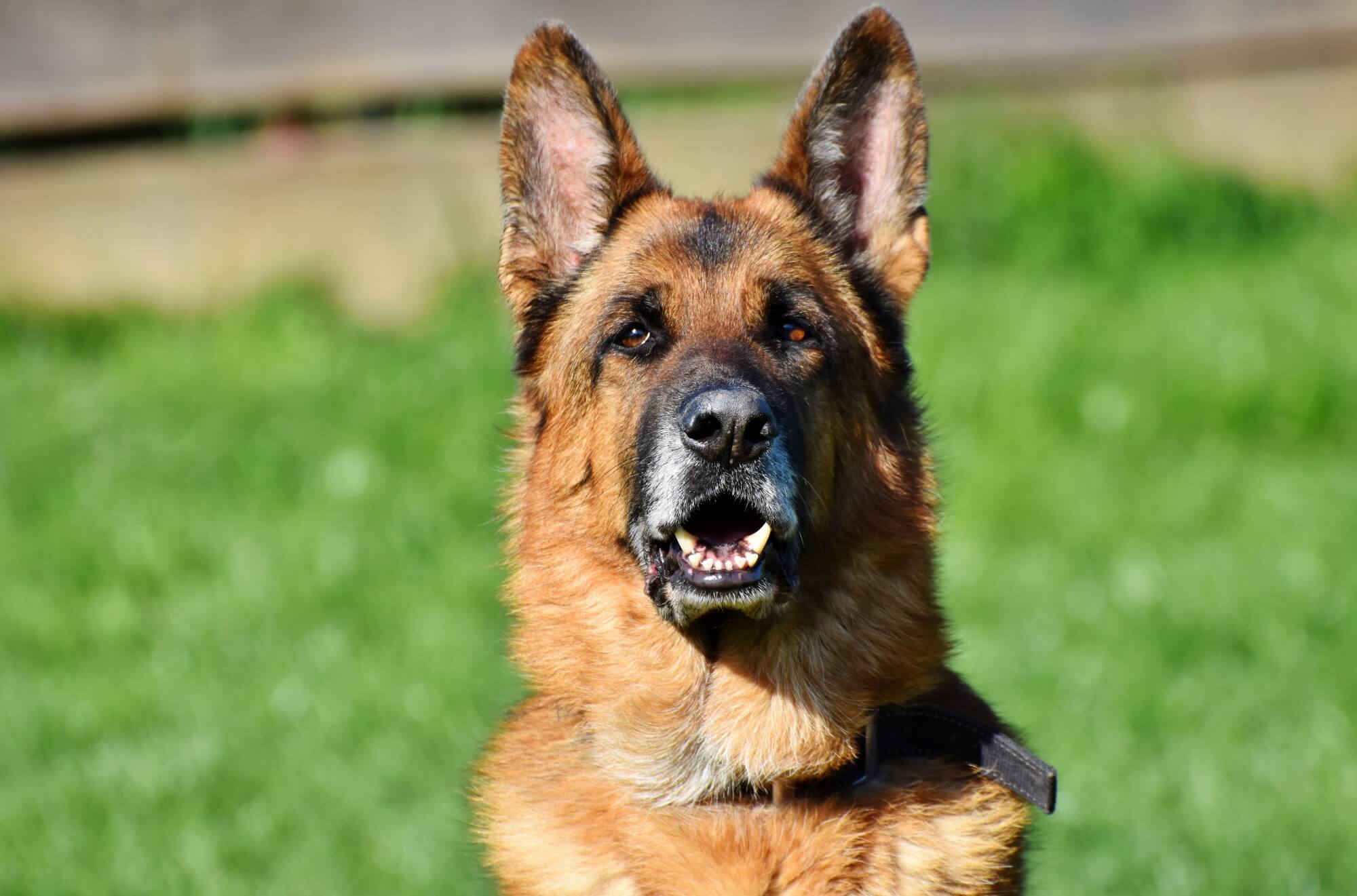
Dogs have 225 million scent receptors in their noses. With their advanced sniffing abilities, many dogs make great detecting dogs.
Many dogs are trained to sniff out narcotics (and other drugs!), lost people, and criminals on the run. Depending on the breed, dogs learn quickly and are eager to please their handles.
Have you ever wondered about what it takes to train drug-sniffing dogs? Keep reading to learn more.
Drug Sniffing Dog Facts
Drug sniffing dogs are trained to target specific scents. This may be a type of drug or explosive. They're able to find these scents even when masked by other odors.
For example, you have an employee with drugs in their locker. But they stuck it in a can of coffee so it wouldn't be easily detectable. Well-trained drug dogs will find the scent quickly.
Dogs have millions of receptors and rarely miss a scent. Their noses are incredibly accurate, making them great drug sniffers!
Detection dogs make for great police dogs, search and rescue assisters, and guide dogs. Most drug-detecting dogs are working dogs. So they don't really care what job they have, just that they do have one.
Trained detection dogs have strong skills in other areas. They can sense human behaviors better, leading to more protection.
Breeds with the Best Noses
There are a few common breeds used for drug dogs. German Shepherds, Belgian Malinois, and Labrador Retrievers are a few most every knows about.
There are 10 breeds that have exceptional senses of smell. They are:
- Pointer
- German Shorthair Pointer
- Coonhound
- English Springer Spaniel
- Belgian Malinois
- Labrador Retriever
- German Shepherd
- Beagle
- Basset Hound
- Bloodhound
Click here to read more about each of these breeds, and a few others.
Ages
While some training programs start with young pups, the average age is between 10 and 12 months of age.
Most programs will not take a dog older than three years old. The younger pups are much more preferable when training in detection.
Their careers vary based on health, their drive to work, etc. The average range is from 6 to 10 years.
Quality Traits Needed
All drug detection dogs have similar traits. These include:
- Highly motivated
- Easily trainable
- Cooperative
- Obedient
- Boldness
- Athleticism
- Intelligence
Overly friendly or skittish dogs aren't good candidates for detection training. Dogs have different personalities and temperaments. These are deciding factors in determining which dogs to train as detection dogs.
How Long Does Training Take?
Drug specific training can take between two and six months. However, the dog you are training should already be well-trained in all other areas.
When completing drug-sniffing training, the dog and the handle both must complete a certification process. The handler must have a good relationship with their dog.
And their dog should listen to their handler.
You must complete the certification process for each type of drug they can detect. When training your dog, it's important to train in different environments. This helps them to be less distracted.
If you plan to train your dog in drug sniffing, you should expect to put in a lot of effort and long hours. The estimated time frame is based on full-time training.
Types of Drugs Trained In
Drugs that medicines used in non-medical ways that affect people negatively. There are several types of narcotics and drugs that dogs get trained in. The most popular include:
- Marijuana
- Methamphetamines
- Opioids
- Hallucinogens
- Fentanyl
- Cocaine
Many dogs can detect more than one type of drug.
How Are Dogs Trained to Sniff Drugs?
Detecting dogs think they are playing when they search for drugs! To train a dog to sniff out drugs, you start by playing with them. You play until they love the toy and consider it their favorite.
Once they search for the toy consistently, you introduce the drugs in the toy. This associates the toy with the scent.
Each time the dog finds the drug-laced toy, they get a treat. As training progresses, you make it more and more difficult for them to find the toy.
The key to successfully training a dog to detect drugs is rewards. Reward them for their efforts and they'll quickly pick up this skill.
Positive Reinforcement
This type of training is positive reinforcement. This is where desired behaviors are rewarded. This causes a positive association and will make the behaviors continue in hopes of receiving a reward.
Hide the toy with the drugs placed inside it --> dog sniffs and finds the toy --> dog gets reward for finding the odor.
Build a Strong Relationship with Your Dog
Another important aspect when considering drug detection training is the relationship you have with your dog. It has to be a solid and strong foundation in order to successfully train in drug-sniffing techniques.
As with any dog, it's a good idea to work on training continuously. This keeps dogs sharp and focused in all situations. Practice makes perfect!
A well-trained detection dog is a happy, tired, and engaged pup. Sniffing out drugs is hard work!
Get Help From Drug-Sniffing Dogs Today
Do you run a school and wonder if your students are doing drugs? Are your employees acting strange and you want to know if there are drugs inside your facility?
Or maybe you handle a lot of events and need the protection of these super pups. Whatever the reason, we are here to help!
3DK9 Detection offers narcotics and explosive detection services. Our dogs can easily find contraband at your event, place of business, or school.
Contact us today for more information about drug-sniffing dogs or to book our service.




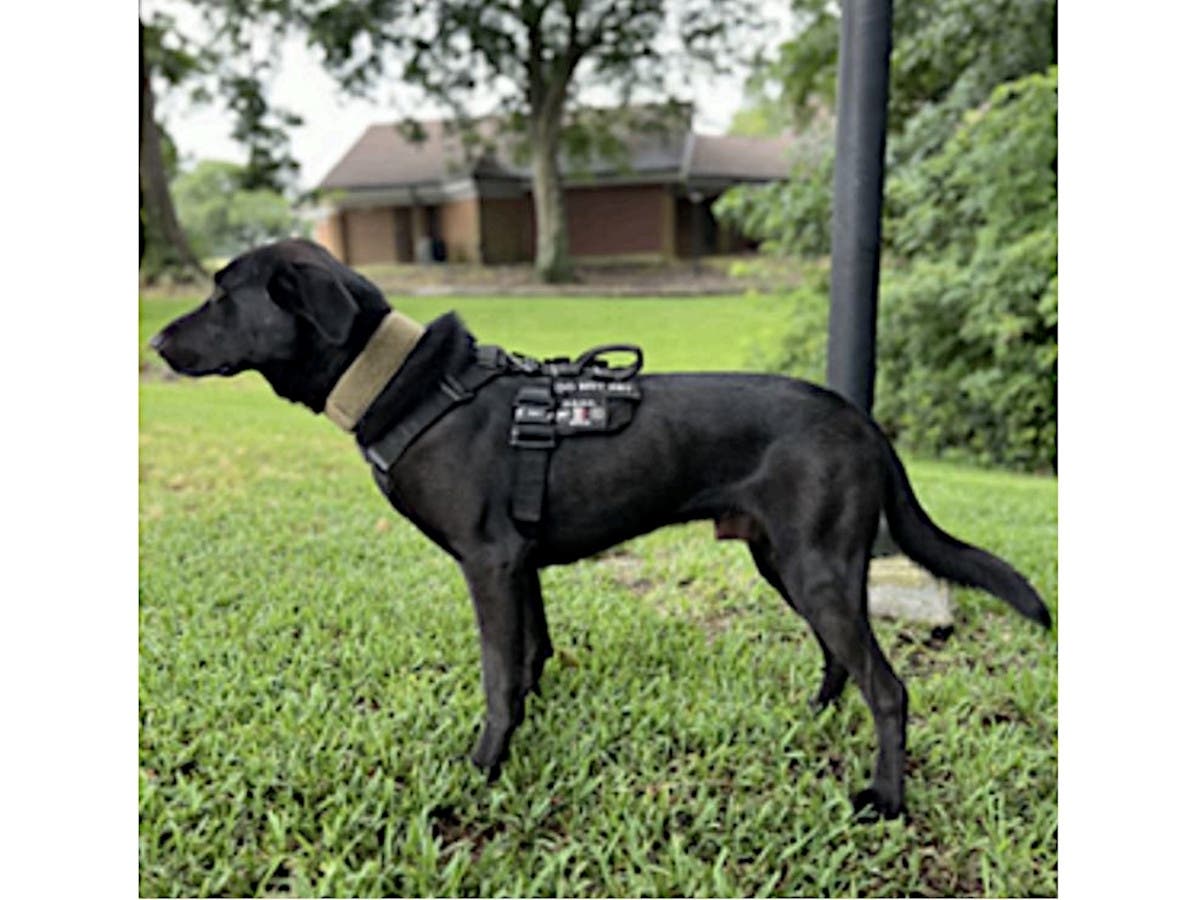
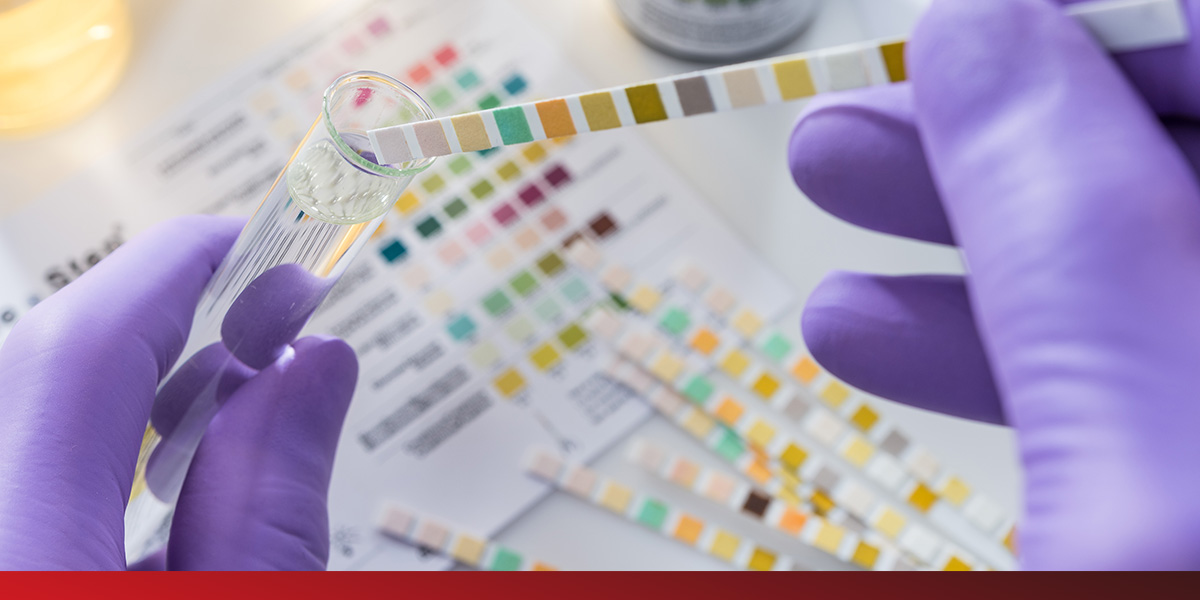
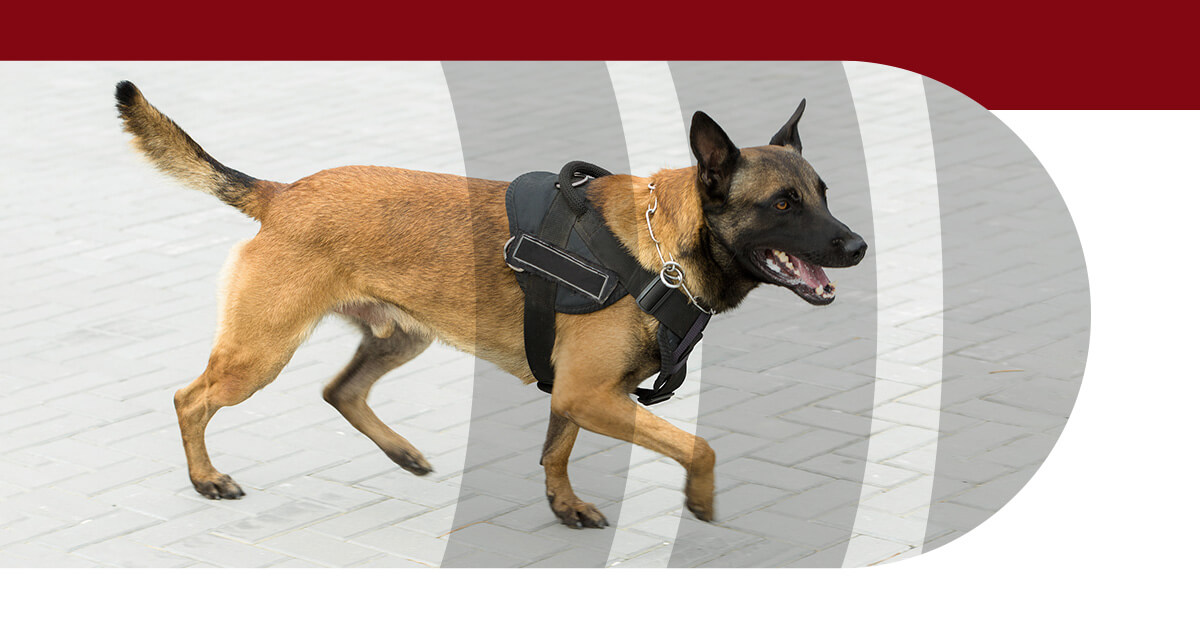
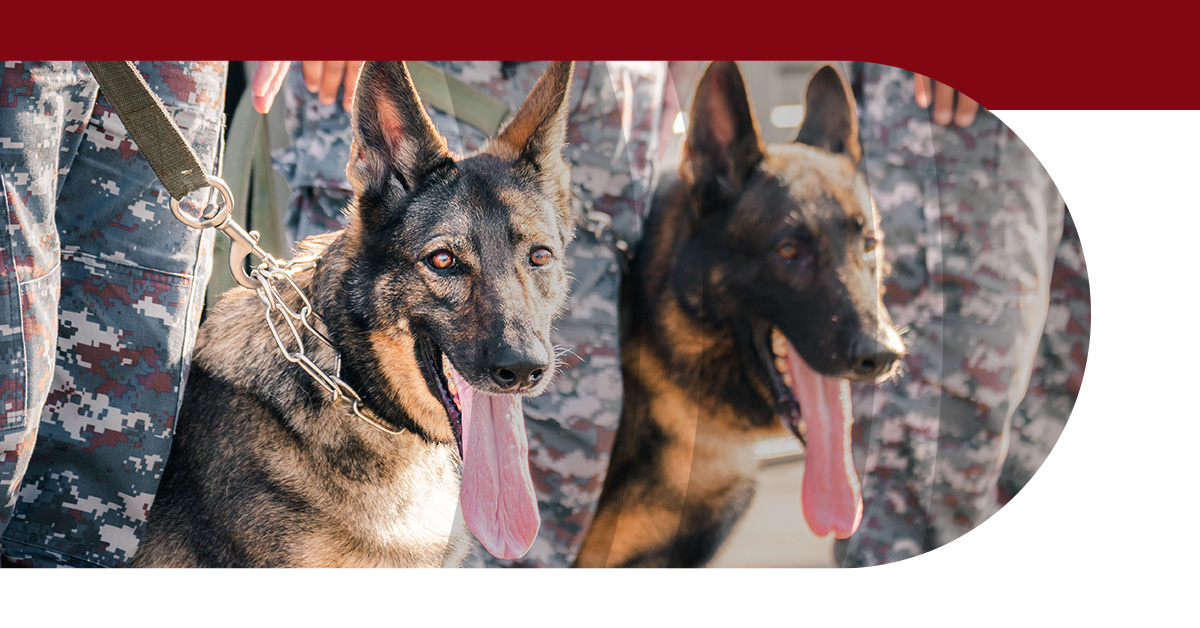

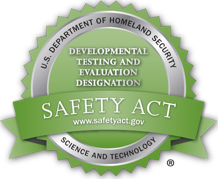

Comments